AMD Ryzen state of the union address
Ryzen is here, but it's still the crack of dawn when it comes to the X370 chipset.

After an eternity as second-class CPU citizens and a year of pre-release anticipation, Ryzen is finally here and shaking up the CPU status quo. Performance is better than many expected, and Intel already seems to be responding with talk of more cores and flexibility in upcoming products across its own lineup. AMD aficionados are understandably itchy to break out the bubbly and celebrate. Competition works.
It's a good thing AMD selected Zen for the name, because patience is turning out to be a virtue for early platform adopters ready to start spending money and building rigs around Ryzen. Early CPU glitches are still being discovered and ironed out on a regular basis, a common enough occurrence during any processor release but magnified here due to the first generation hardware and increased press scrutiny.
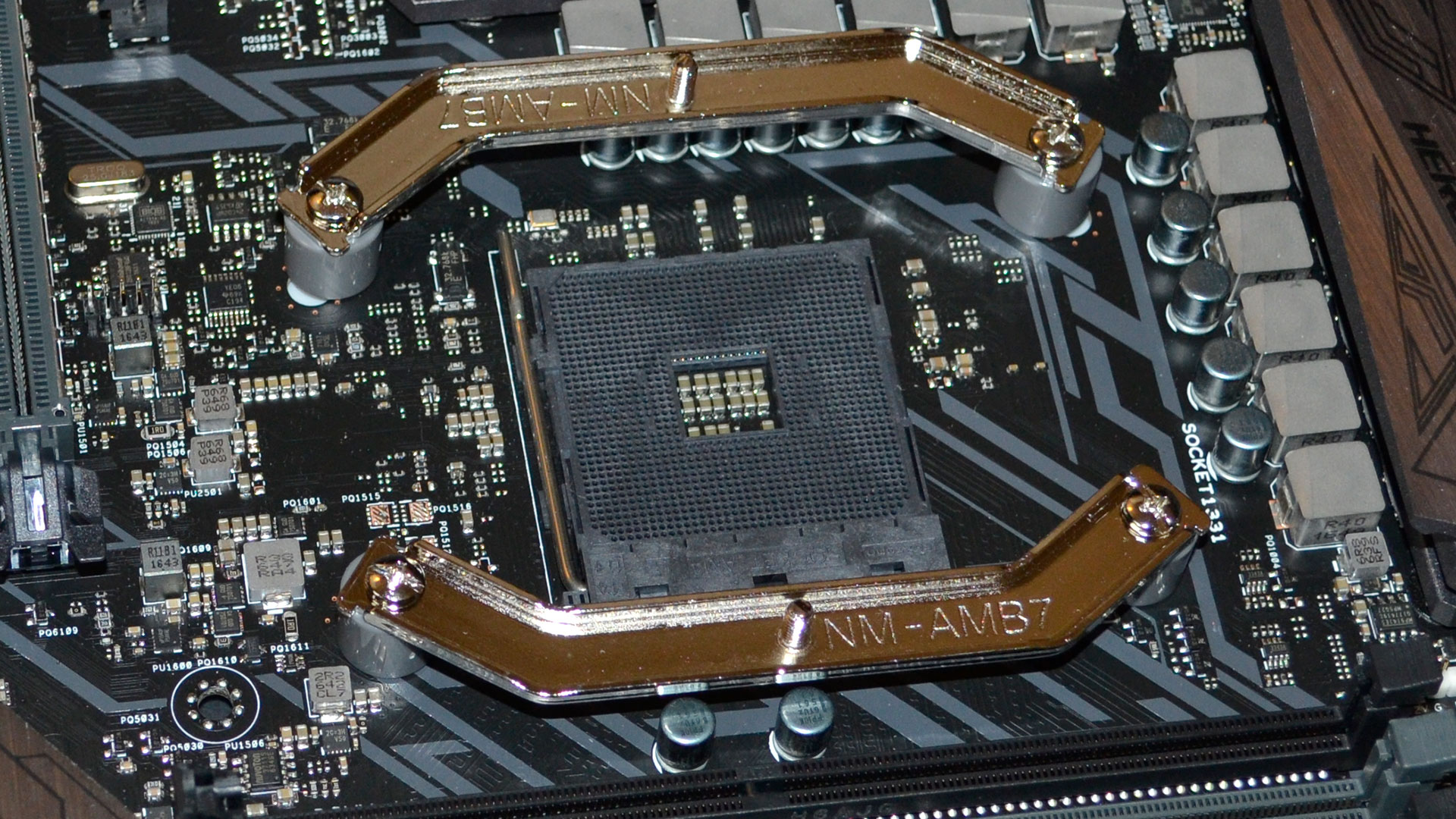
Amid the CPU release chaos, it's easy to miss the other half of the story; the chipsets and motherboards for AMD's new processors are arriving as well. Along with Ryzen comes a fresh platform and the AM4 socket, which includes five different chipsets in the 300 series. The I/O lane-happy X370 chipset is the one made for gamers and performance enthusiasts, with full overclocking support; it's also the only chipset that supports Crossfire or SLI. As such, it's the chipset most likely to be used by anyone looking for a Ryzen 7 system, and in theory the best of the offerings.
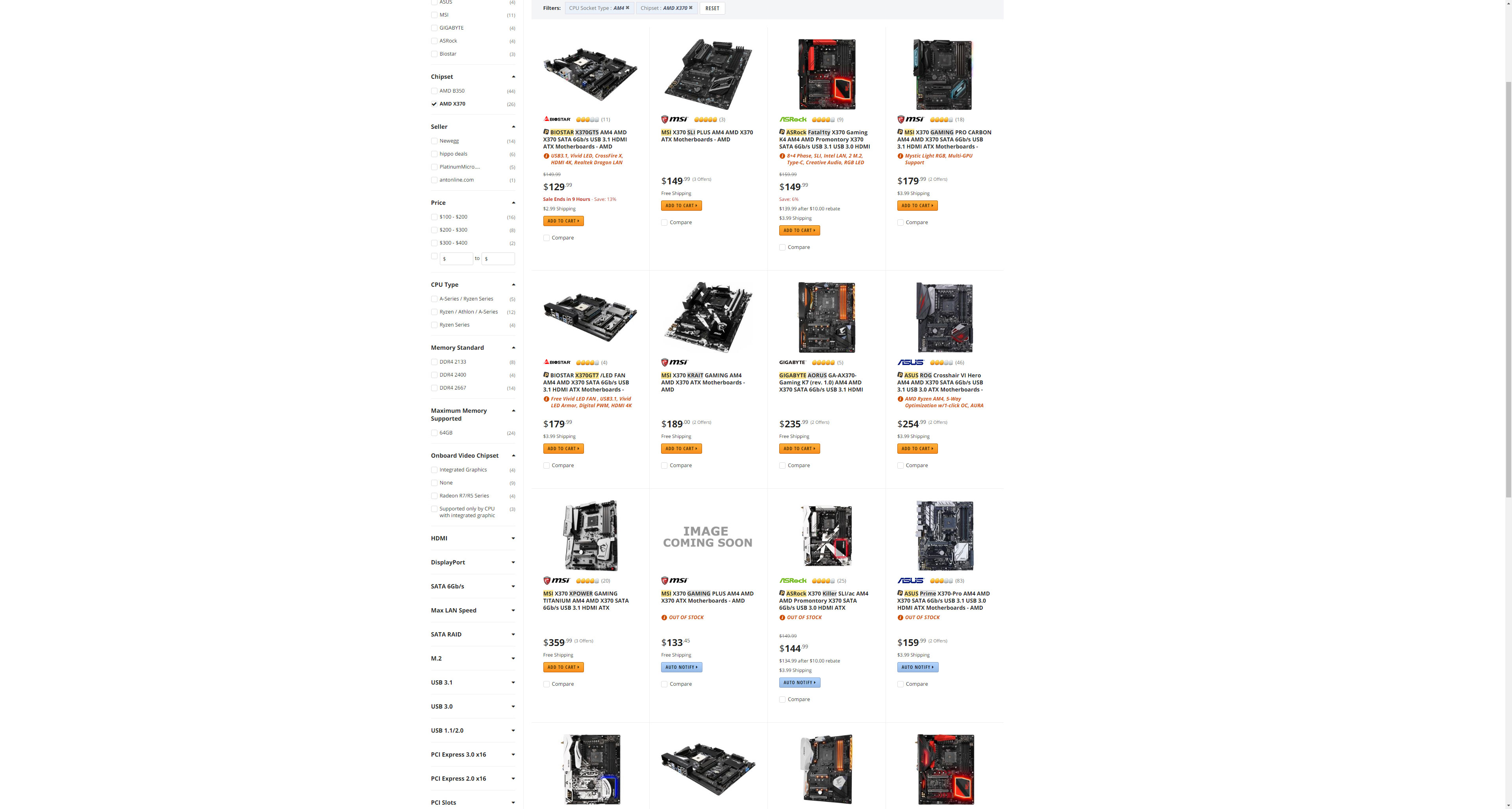
While motherboards were announced well before CPUs became available, actual supplies of enthusiast models have been tight on the street. Many of the boards are routinely backordered, and spot checks at Amazon and Newegg for premium products yielded a sea of empty stock shelves. Getting an X370 motherboard isn't the only challenge Ryzen users face, however, as the available boards have been fraught with teething issues.
Since changes to the CPU itself can't be made in between revisions, all the patch code created for the processor goes into new drivers and BIOS versions, which require plenty of attention to stay up to date. Users have reported bugs with task handling, memory support, FMA execute, storage support, and more.

Board partners are pitching in and addressing problems as they arise, but life with Ryzen is classic bleeding edge technology at this point. Of the various prototype X370 samples obtained by the lab, we've had some interesting issues. For Jim, only Gigabyte's AX370-Gaming 5 model proved stable enough to consider for daily driver use by early adopters. Jarred had reasonable luck with the Asus Crosshair VI Hero as well, used in our initial Ryzen review, but choice of memory can be a critical factor in getting to a stable system.
Looking at other boards we've tested, MSI's X370 XPower Gaming Titanium is a beautiful looking board with everything you might want (except WiFi)… but we couldn't get the board to boot Windows off any of the NVMe drives we tested—SATA or PCIe non-NVMe worked fine, but this is a $370 enthusiast class motherboard so working NVMe support with the two M.2 slots isn't too much to ask for.
Keep up to date with the most important stories and the best deals, as picked by the PC Gamer team.
Getting back to the memory situation, Ryzen feels incredibly finicky on DDR4 memory. Most modules will boot up at generic DDR4-2133 settings with relaxed timings, but the Asus Crosshair board doesn't even list AMP/XMP profile support as an option—you manually set the memory speed and hope for the best, or start digging into the complex array of subtimings.
But even if your memory works properly, the initial DDR4 training cycle can take a very long time, especially after a cold boot (or a failed overclock). On all the boards we've tested, we've seen the memory training and POST process take anywhere from 30-60 seconds, sometimes with a couple of clear restarts in between.
Imagine that for a moment: your PC can boot to the Windows desktop in less than ten seconds, but just getting to the boot process in the first place might take over a minute. And for an enthusiast looking to finetune performance, almost every time you restart the PC you can expect an extra 10-15 second delay—that's in addition to the more typical 15-20 second POST times. On most motherboards, a cold boot takes at least 40 seconds to complete the DDR4 training and POST, sometimes 75 seconds.
Let's talk about Zen
What's the deal with Ryzen's rather shaky launch? We've asked around and talked to a lot of industry partners, and a few things came up repeatedly. First and foremost, outside of AMD itself, we couldn't find a single person that didn't feel Ryzen's launch was rushed. Motherboard partners appear to have received somewhat final firmware for tuning just a few weeks before the initial rollout. That means they missed out on a lot of time for testing and validation, and it shows.
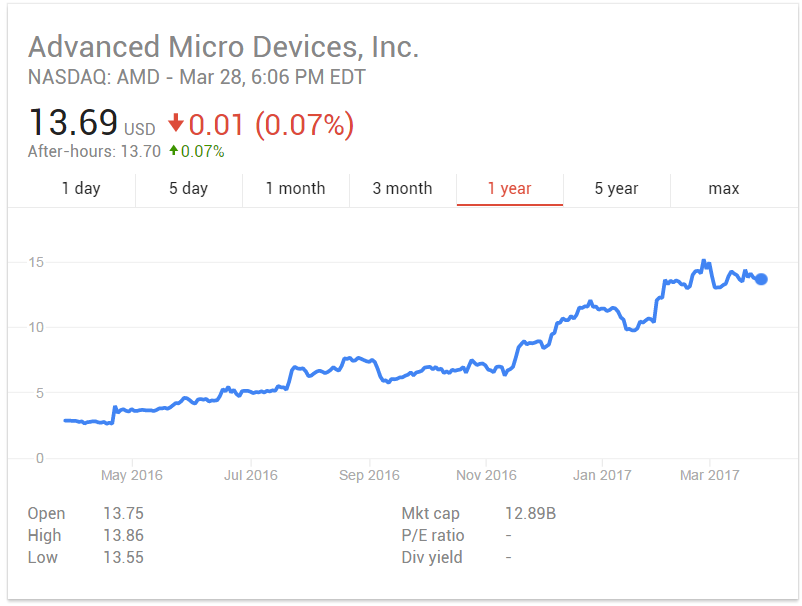
AMD insiders insist now is the time, and the corporation's future is at stake, but the 12-month stock snapshot doesn't exactly show a company in crisis. A look at AMD's cash reserves, which have grown by a third, and long term debt, which has dropped 25% during the same period, supports this. However Skylake-X also arrives soon, and several sources suggested that preempting Intel's new enthusiast offering is part of the plan. There's no denying early Ryzen designs have the existing HEDT platform squarely in their sights.
Board partners have a different take on the AM4 rollout however, and claim AMD would have been wise to wait until later in the spring or early summer to allow them time to work out bugs and ramp up inventories That would have spared the public and press from the painful teething process many are experiencing with Ryzen today. It's hard to disagree with this reasoning, but there's no guarantee that every manufacturer would have used that time for development purposes, leaving AMD faced the same situation but with less time to work out the inevitable problems. By releasing now, AMD is making sure those problems are addressed early.

Perhaps more interestingly, we've heard credible rumors that much of the X370 chipset development was farmed out to a third party, AS Media. AS Media has been around a while, and many motherboards have included its USB 3.0/3.1 controllers, but many users have experienced issues with those very same controllers. If any of you remember the VIA chipsets of yore, AS Media could very well be our modern equivalent. And if AS Media is indeed the force behind the X370, that most likely means it also created the B350, A320, and X300 derivatives, so any problems on X370 are likely to trickle down to the more budget-friendly offerings.
AMD for its part appears to have put more effort into the Naples chipset, which is integrated into the CPU package—a far more lucrative platform and one where everything must be absolutely stable and reliable if Naples is to stand a chance in the enterprise market AMD is targeting.
Compounding matters, we've also heard that the initial CPU shipments were far larger than the motherboard makers were anticipating—that they expected the first batch of Ryzen 7 CPUs to number less than 100,000, with a second batch adding another 600K units. Instead, there were hundreds of thousands of Ryzen 7 CPUs available for purchase at launch, with another million due in April—sooner than any of the board partners were ready for. That means while it's really easy to find a Ryzen CPU for sale, getting the motherboard to run it in is far more challenging—never mind the question of whether those motherboards are actually ready for public consumption.
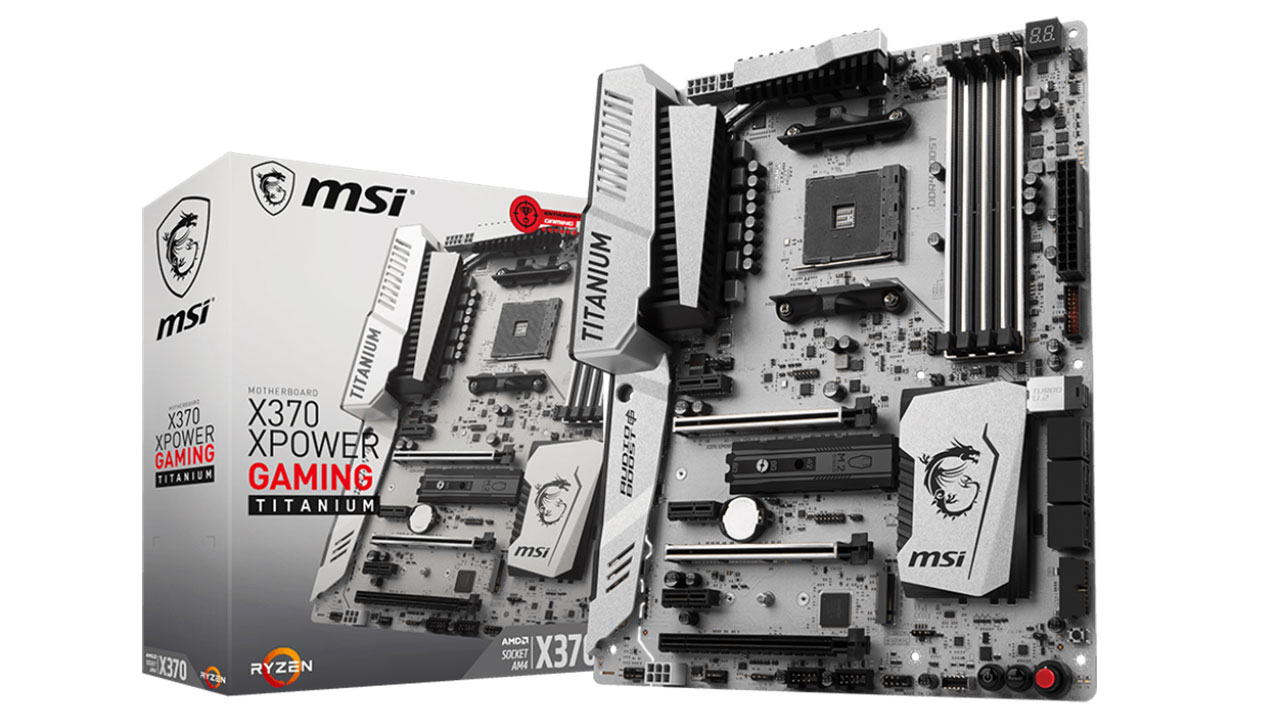
The good news is that we expect this situation to change over the next few months as everyone gets up to speed on the platform's idiosyncrasies. Through a combination of further tuning, firmware and microcode updates, and plenty of testing and validation, AM4 as a platform should eventually reach a much more palatable state. But if you're one of the early adopters, be prepared for some hair-pulling frustrations.
We talked about this, and our impression is that Ryzen 7 and the X370 platform feel like the type of thing a hobbyist would like tinkering around with. It's like buying a kit car where half the fun is putting the damn thing together. And it might not always go so smoothly, with some cuts and bruises along the way, but when it all comes together there's a real sense of accomplishment. For those that just want a system that snaps together without much thought, we suggest you go do something else for a bit and check back around the time AMD's RX Vega GPU shows up.
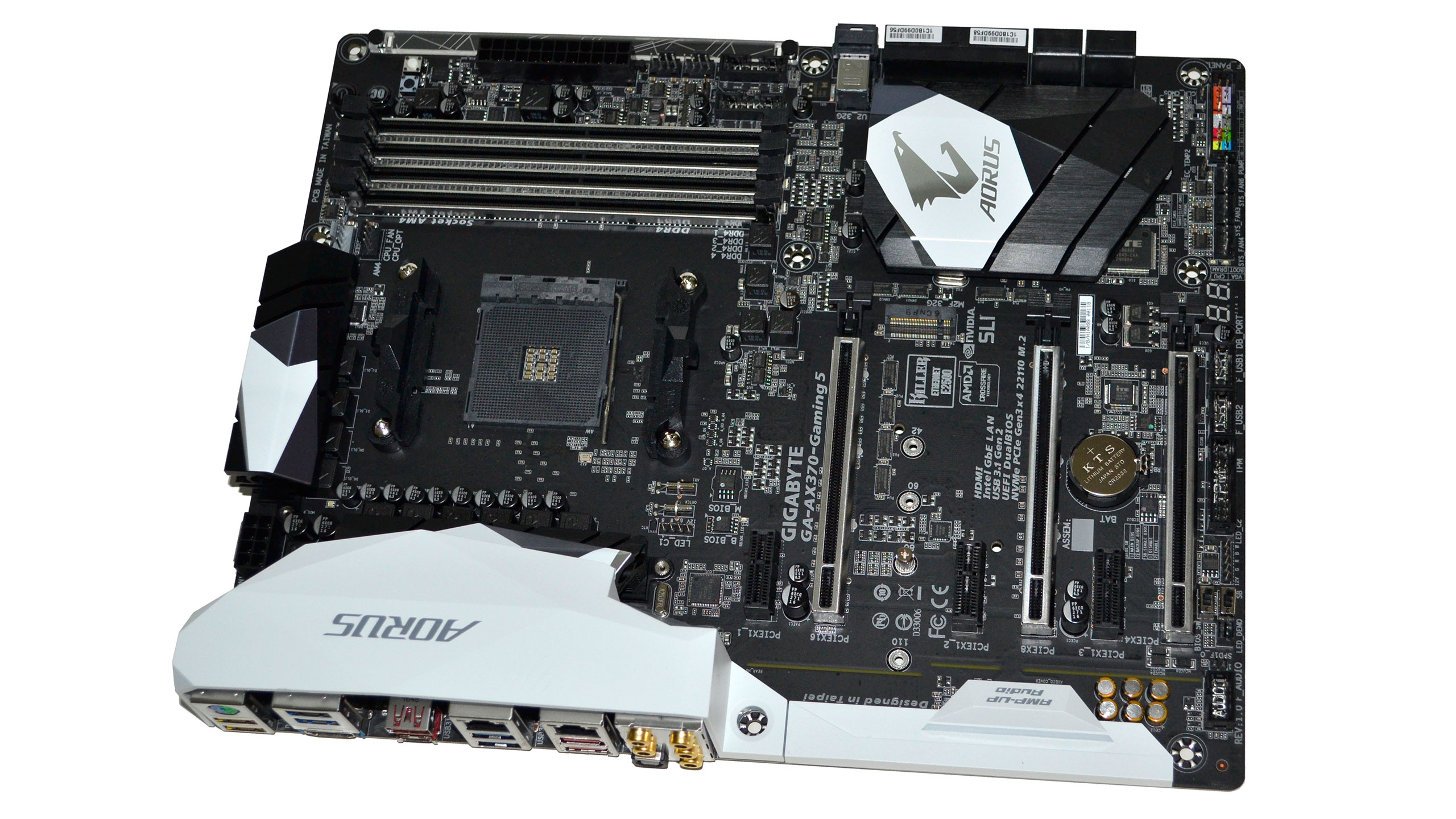
Ready for the early adopter enthusiast
Does that mean nobody should buy Ryzen motherboards right now? Not exactly. We haven't been able to test every X370 board on the market (not even close), never mind the B350, A320, and X300 offerings. But what we have tested represents the halo products from the three tier one motherboard companies. Gigabyte's Aorus AX370-Gaming 5 gets the nod for just showing up on time and working properly, and it's also an impressive introductory AM4 effort.
The AX370 was the only board of the pre-release bunch that was free of defects and booted reliably from the first try—for both Jim and Jarred. It proved an equally easy partner to set up during the build process and Windows installation, providing an experience comparable to putting together a new Z170 or Z270 system. It's jampacked with features and extras, like dual NICs and dual audio codecs, though the lack of any integrated WiFi support is unfortunate. For a board priced north of $300, it's a little extra that some users will definitely appreciate.
Other factor to remember when taking the Ryzen plunge are that Windows 10 is absolutely required—don't leave home without it. Gigabyte's board also has a single M.2 slot, though it also includes a U.2 port which might prove useful with Intel's future Optane plans.
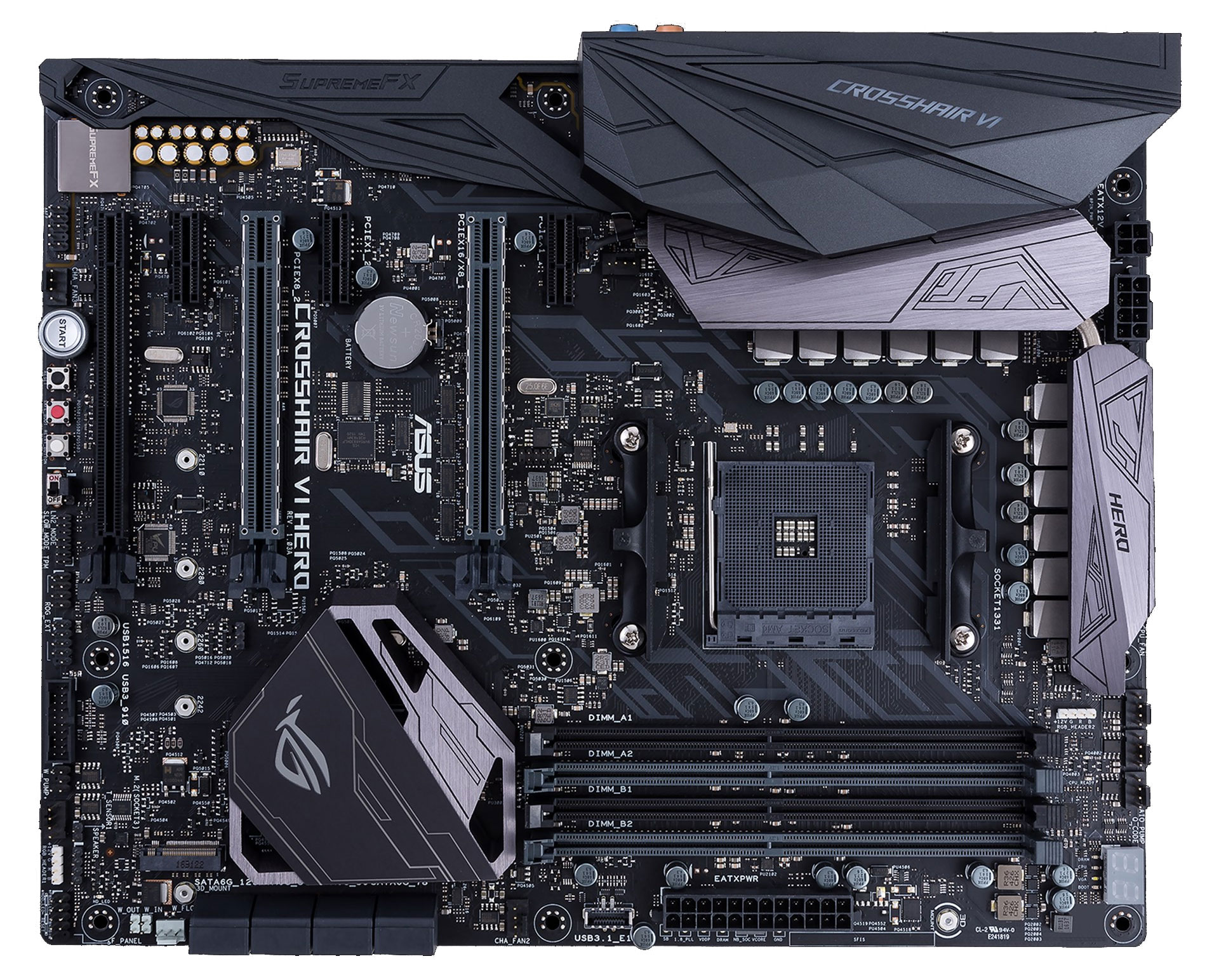
Of the remaining boards, Asus's Crosshair VI Hero is another $300 offering that might be worth a shot. Jarred had a reasonable experience testing the board, though Jim's board appears to have some defects that prevent it from warranting a recommendation. It's a bit concerning when even reviewers get hardware samples that aren't fully stable, and the online user reviews for Ryzen boards are a veritable minefield right now.
Concluding remarks
Whatever board you might buy, note also that overclocking remains something of a disappointment. Between the two of us, we've played with six Ryzen 7 samples, and the best overclock we've managed with all eight cores and SMT enabled is 4.0GHz. Intel's Haswell-E and Broadwell-E generally start with lower clocks than AMD's consumer counterparts, but we have 5930K, 5960X, and 6900K samples that will hit 4.5- 4.7 GHz on the right motherboards, showing the advantages of a mature architecture and stable process.
At stock clocks, Ryzen's higher IPC and eight cores pull comfortably away from Intel's more expensive 6-core counterparts. For a comprehensive benchmark analysis, check out our articles on the subject. The promise of faster overclocks and even better IPC performance beckons in future revisions, but again, that will require time… and maybe even a new die spin.
And that brings us back to patience and Zen. AMD itself chose to forgo the former in an effort to deliver the latter, but that doesn't mean someone won't need to be patient before Ryzen delivers on its considerable promise and potential. AMD just wants the patient one to be you. Another month or two, and the Ryzen ecosystem should start to feel a lot more mature.


